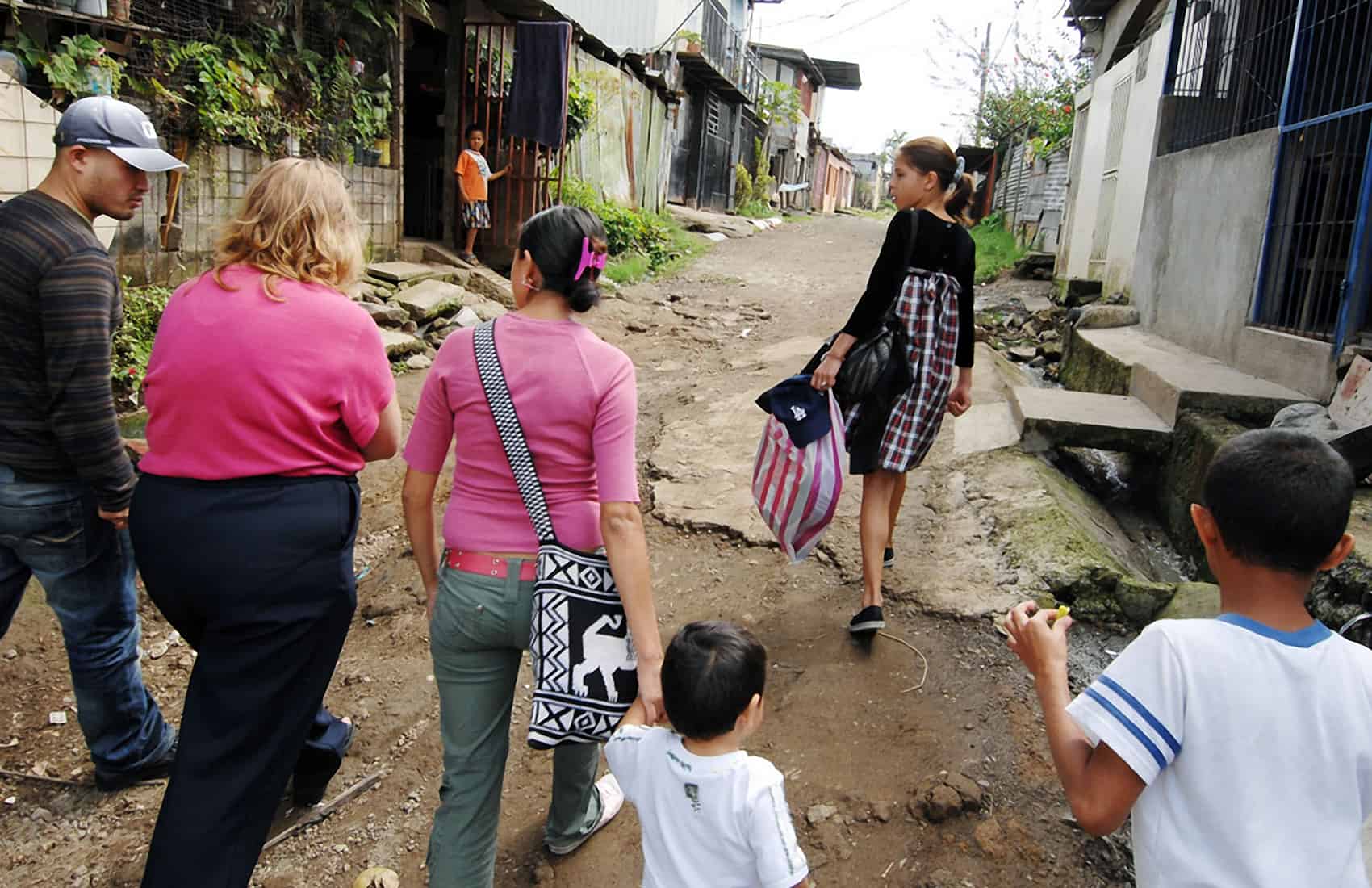Poverty rates in Costa Rica decreased from 23% in 2022 to 21.8% in 2023, according to the National Household Survey conducted annually each July by the National Institute of Statistics and Censuses (INEC).
The new figure of 21.8% translates to nearly 400,000 households living in poverty, defined as lacking sufficient economic resources to acquire the basic food basket costing around $108 per month, per the Ministry of Agriculture.
“Poverty nationwide is similar to pre-pandemic levels observed in 2019,” indicated INEC in a statement on Thursday.
Extreme poverty, calculated as living on less than $1.25 per day, remained steady at 6.3% – a rate comparable to 2022, INEC reported.
Poverty in rural areas saw the steepest decline, dropping from 28.3% in 2022 to 26.4% in the latest survey. Poverty levels in urban zones “is estimated at 20.1%, unchanged from the previous year,” the report highlighted.
“Faster economic growth in rural versus urban areas led to a narrowing of the poverty gap between the regions,” it added. Meanwhile, per capita income rose significantly to $773, a four point increase over 2022.
Economists attribute the moderate poverty reduction to gradual economic recovery as Costa Rica emerges from the pandemic. However, rising global inflation and cost of living have impeded more significant progress.
“While any poverty reduction is positive, more substantial policy changes and investments are needed to lift families out of hardship,” said Monica Araya, director of Innovación para la Acción Climática. “We must focus on inclusive growth that reaches the most vulnerable communities.”
The government highlighted its efforts to expand social programs and cash transfers to low-income households. But anti-poverty groups say bolder action is required to create jobs, improve healthcare access, and bridge the rural-urban divide.







